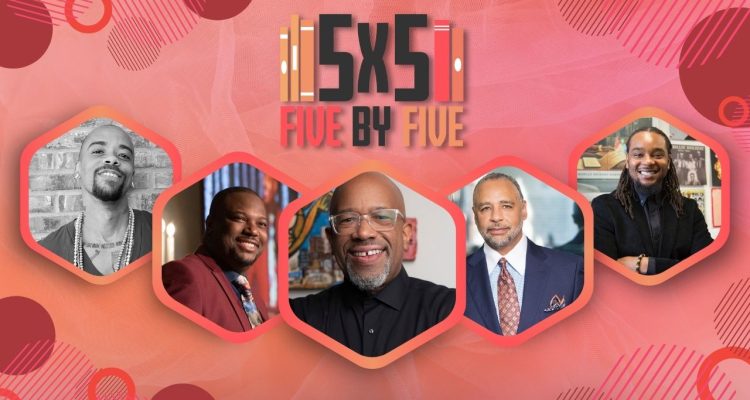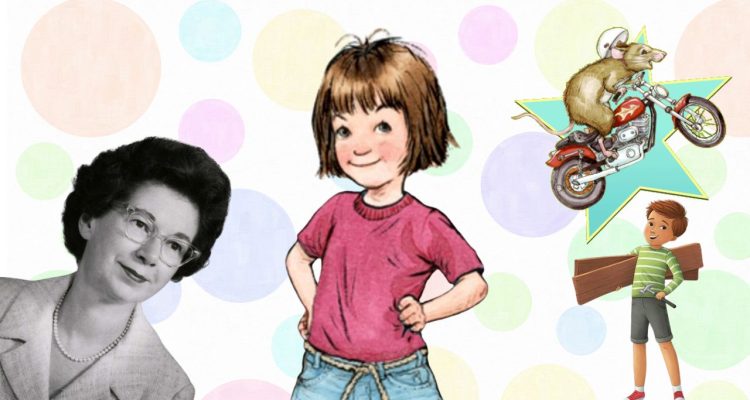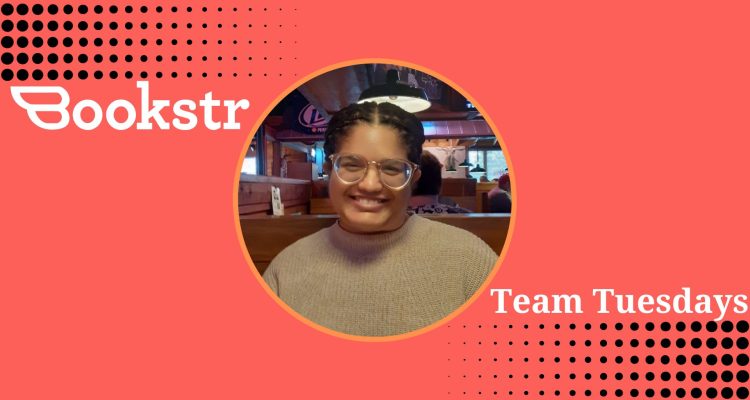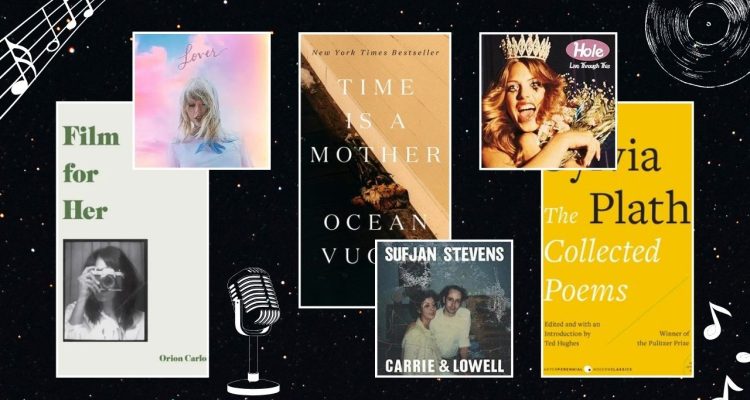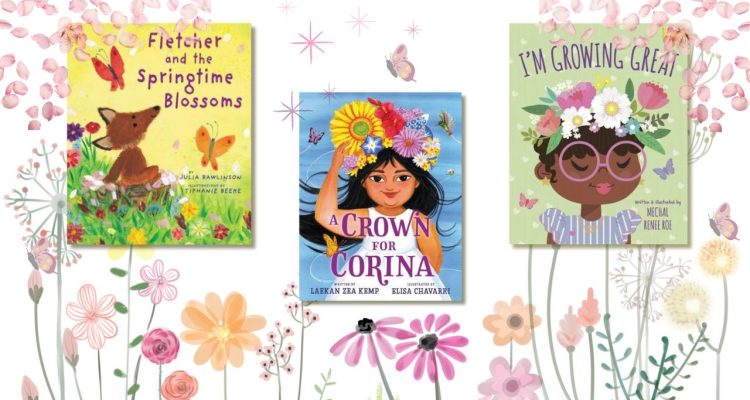On July 11th, 1960, Nelle Harper Lee published her first novel, To Kill a Mockingbird. Today, 66 years later, To Kill a Mockingbird is still a staple of classic American literature. From high school classrooms to casual readers’ bookshelves, Lee’s authentic depiction of the Jim Crow South during the Great Depression has caught our attention for over half a century.
Harper Lee’s Career

In the mid-1950s, Lee moved from her small hometown of Monroeville, Alabama to New York City to pursue her writing career. There, her childhood friend Truman Capote had already found success in major literary circles. For Christmas in 1956, Lee’s close friends Michael and Joy Brown offered her a check for a year’s salary. With her financial burden lifted, along with the help and advice from Capote, Lee quit her day job and began writing full-time.
Shortly after, Lee had a finished manuscript, which she titled Go Set a Watchman. She sold it to the publisher J.B. Lippincott and Company for $1,000, under the contingency that she change the story to include more flashback scenes from her own childhood. Over the next two years, Lee spent every waking moment revising her novel, which included changing the title to To Kill a Mockingbird and dropping her first name from the cover to avoid mispronunciation.
To Kill a Mockingbird became an immediate success, going on to sell more than 40 million copies worldwide. A year after its publication, Lee’s novel won the Pulitzer Prize for Fiction in 1961. In 1962, To Kill a Mockingbird was released as a film, helping actor Gregory Peck to win an Oscar for his portrayal of Atticus.
Even after Lee’s success, this famously private author did not come out with another novel for 55 years. In 2015, HarperCollins published the salvaged manuscript for Go Set a Watchman. Set 20 years after the time period in To Kill a Mockingbird, Go Set a Watchman received mixed reviews, and many critics doubted that Lee wanted the manuscript published in the first place. Despite this, the book sold 1.1 million copies in its first week. The following year, in 2016, Lee died in her hometown of Monroeville at the age of 89.
To Kill a Mockingbird

Set in Maycomb, a small Alabama town similar to the town Lee grew up in, To Kill a Mockingbird tackles themes of racial injustice, social inequality, and good versus evil. Told through the young eyes of Jean Louise Finch, otherwise known as Scout, this coming-of-age novel encircles the lives of many memorable characters. As Scout matures into adolescence, her life changes drastically. Instead of spending her summer playing games with her older brother, Jem, Scout must deal with the aftermath of her lawyer father, Atticus Finch, defending a black man accused of raping a white woman.
Beyond these characters, we meet Boo Radley, a mysterious recluse, and Calpurnia, the Finches’ African-American cook who serves as the children’s bridge between the white and black communities. In the face of prejudice and racism, Scout discovers the tragic consequences of making someone a feared “other.”
Unfortunately, there are themes in To Kill a Mockingbird that ring true today. Even as we attempt to become a more equal, loving society, Lee’s experiences in the 1930s too often mirror our modern experiences. Because of this, To Kill a Mockingbird is still a relevant classic that will remain on bookshelves for years to come.
Racial Injustice

Atticus Finch’s defense of Tom Robinson, a black man accused of raping a white woman, is the driving point of the novel. But even with sufficient evidence to prove Robinson’s innocence, he is convicted, imprisoned, and later killed. Scout and Jem suffer from the effects of this trial, as well. They are bullied in school by racist classmates and ridiculed as societal outcasts. And the worst part? Scout is too young to grasp this hate-inspired judgement.
I think there’s just one kind of folks. Folks.
Scout, To Kill a Mockingbird
Even today, we still see racial disparity in our justice system. The United States criminal justice system is the largest in the world. At the end of 2015, over 6.7 million individuals were under some form of correctional control in the United States. 2.2 million of these individuals were incarcerated in federal, state, or local prisons and jails.
These huge statistics help to mask the racial disparity in the criminal justice system, especially for African-Americans. African-Americans are more likely than whites to be arrested. Once arrested, they are more likely to be convicted and, once convicted, they are more likely to receive lengthy prison sentences. Statistics show that African-American adults are 5.9 times more likely to be incarcerated than whites. As of 2001, one of every three black boys could expect to go to prison in his lifetime, compared to one in seventeen white boys.
These statistics are jarring and devastating. But books have the power to change minds, teach empathy, and show support for those in need. Although To Kill a Mockingbird is 66 years old, Tom Robinson’s story is still very much alive. By continuing to teach this novel in high school classrooms, we can ensure that we are teaching the next generation of law enforcement how to make a positive difference in the justice system. We still have a long way to go, and To Kill a Mockingbird is only one resource for constructive change. But together, we can make sure we are all equally protected under the law!
Social Inequality

Throughout her childhood, Scout explores social inequality through Maycomb’s hierarchy of people. Because of Atticus’ job as a lawyer, the Finches are relatively well-off, standing at the top of Maycomb’s social hierarchy. Below the Finches are the townspeople, and below the townspeople are the country farmers. But the black community in Maycomb, despite its many admirable qualities, sits below even the racist, abusive countrymen. This is eventually what allows Bob Ewell, a poor farmer, to accuse Tom Robinson of raping his daughter.
Cry about the simple hell people give other people—without even thinking. Cry about the hell white people give colored folks, without even stopping to think that they’re people, too.
Dolphus Raymond, To Kill a Mockingbird
Social inequality is still a prevalent problem in modern society. In the United States, wealth is unequally distributed by race. African-American families have a fraction of the wealth of white families. This is primarily due to employment and mortgage discrimination. Thus, African-Americans have less access to stable jobs and good wages, and they are less likely to be homeowners than whites.
By using a young narrator, Lee comments on the perplexity of this situation. For example, Scout cannot understand why her aunt refuses to let her play with Walter Cunningham, a boy in a lower class than her. Lee uses the children’s young minds to critique the role of class status and prejudice in human interactions. To Kill a Mockingbird is an important case study that shows the aftermath of social inequality when it comes to a head.
Good vs. Evil

Tom Robinson is not the only character in To Kill a Mockingbird who faces discrimination. Boo Radley, the Finches’ mysterious neighbor, also faces constant heckling from the children. Jem makes up wild stories about Boo being a “malevolent phantom,” and the children play games pretending to be members of the Radley family. In Maycomb, anyone who is different in looks, class, or character is ridiculed and made fun of.
Boo was about six-and-a-half feet tall, judging from his tracks; he dined on raw squirrels and any cats he could catch, that’s why his hands were bloodstained—if you ate an animal raw, you could never wash the blood off. There was a long jagged scar that ran across his face; what teeth he had were yellow and rotten; his eyes popped, and he drooled most of the time.
Jem, To Kill a Mockingbird
Because Boo rarely interacts with the rest of society, he is seen as more of a ghost than a real person. This makes it easy to pin the town’s fears, spectacles, and downfalls on this character. Informed by the town’s gossip, Scout knows that Boo was mistreated as a child. But the rest of the stories are more harmful. Boo’s difficult childhood made it so the town believes he murdered his father and kills neighborhood pets for fun.
There is immediate danger in making someone an “other.” By making someone different from us, we make it easier to fear, stereotype, and discriminate against them. But differences don’t make someone less human. They make us more human. To Kill a Mockingbird reminds us that everyone deserves kindness and respect. And by continuing to read this novel, we remember that empathy and human morality are two of the most important qualities a person can have.
Happy To Kill a Mockingbird Day! To celebrate, dust off this classic from your bookshelf. Who knows? You may learn a lot about American history, human empathy, and social behavior all at once. If you’re interested in reading more books like To Kill a Mockingbird, click here.

